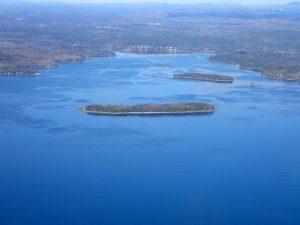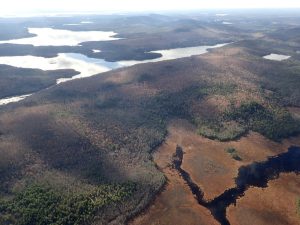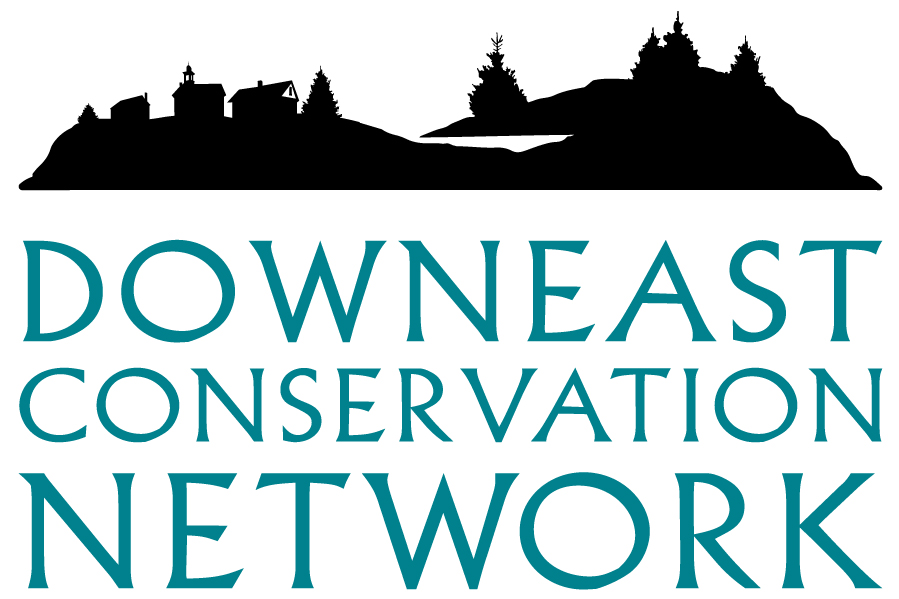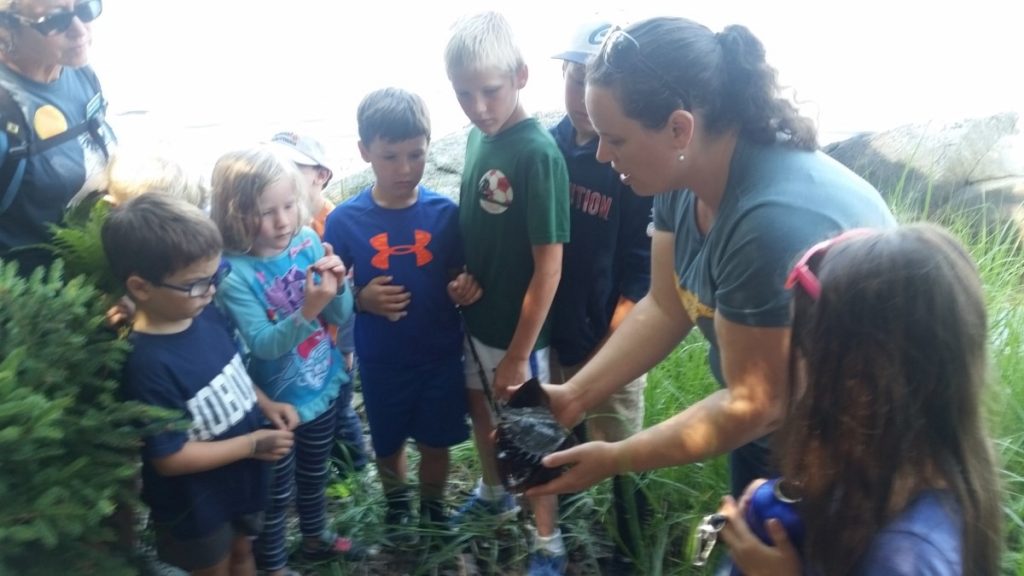ABOUT DCN
 DCN partners work in Washington and Hancock Counties to promote the mutual well-being of human and natural communities; making connections between conservation, research, education, and individuals. Since 2010, DCN has identified areas of research important to the region’s climate resilience, biodiversity, and economic well-being, and provided research resources to better understand the region. DCN resources are made widely available for groups working on local conservation and education.
DCN partners work in Washington and Hancock Counties to promote the mutual well-being of human and natural communities; making connections between conservation, research, education, and individuals. Since 2010, DCN has identified areas of research important to the region’s climate resilience, biodiversity, and economic well-being, and provided research resources to better understand the region. DCN resources are made widely available for groups working on local conservation and education.
THE REGION
Downeast Conservation Network partners connect conservation, research, education, and people in Washington and Hancock Counties. Approximately 16% of Hancock County and 28% of Washington County are in some form of land conservation, including lands owned by state or federal government or conservation groups (land trusts, etc.), as well as lands protected through conservation easement.
Downeast Maine’s greatest asset is its unique and charismatic natural capital: intact ecosystems, healthy watersheds, and distinctive glacial geology. In addition to its natural assets the region boasts thousands of acres of potentially accessible lands in the form of national and state parks, wildlife refuges, working forests, and lands conserved by land trusts.
 Scientific studies show that the Downeast and Acadia region (Hancock and Washington Counties) contains many of the cleanest, most natural and least developed watersheds and wildlife corridors on the East Coast of the United States.
Scientific studies show that the Downeast and Acadia region (Hancock and Washington Counties) contains many of the cleanest, most natural and least developed watersheds and wildlife corridors on the East Coast of the United States.
Other regional characteristics include:
- Hancock and Washington counties total land area is 4,445 sq miles/11,500 sq km.
- 2010 population for Hancock County is 54,418 and Washington County is 32,856. Hancock County has seen a 5% increase while Washington County has seen a 3% decrease.
- Resource-based economy includes fisheries, forest products, and agriculture. There is also a large tourism, real estate, and construction economy.
- Together the two counties have 200,000+ acres of ponds and lakes; 3,300+ miles of streams; 1,000+ river miles; and 2,700 sq mi of forest cover.
- 54 of Maine’s 87 globally significant seabird nesting islands are in Washington and Hancock Counties, as well as thousands of acres of significant shorebird, eelgrass, eagle, wading bird, and waterfowl habitats.
- The region is home to 9 significant Atlantic salmon (and 10 other migratory fish species) watersheds as well as numerous smaller coastal drainages.
- Downeast Maine is bordered on the west by the Penobscot River, the state’s largest and New England’s second largest watershed, and on the east by the St. Croix River International Waterway.
- The region boasts 5 universities/colleges and approximately 11 land trusts, 15 conservation organizations and institutions, 6 state and federal government agency offices, and 4 Native American tribes (Passamaquoddy, Penobscot, Maliseet, and Micmac).

